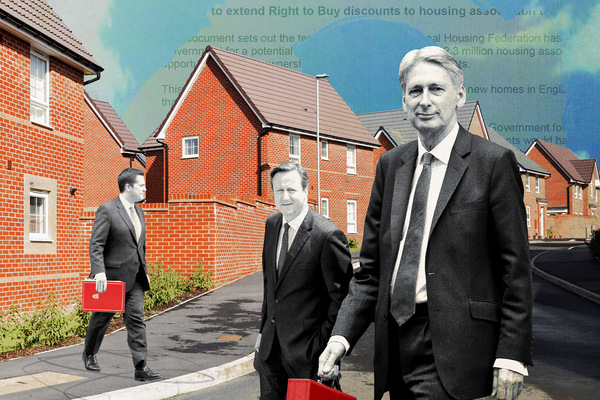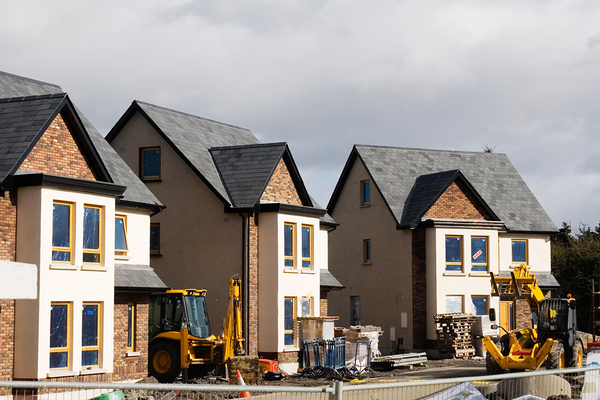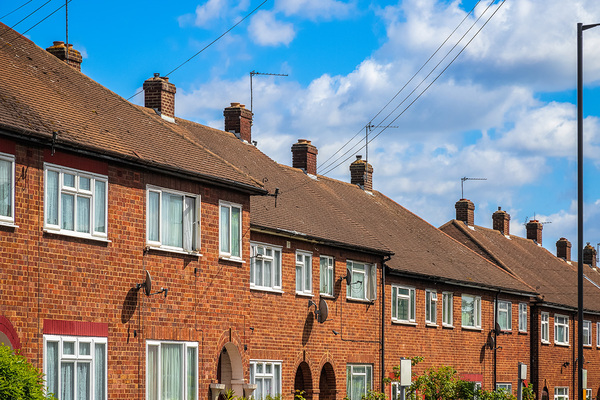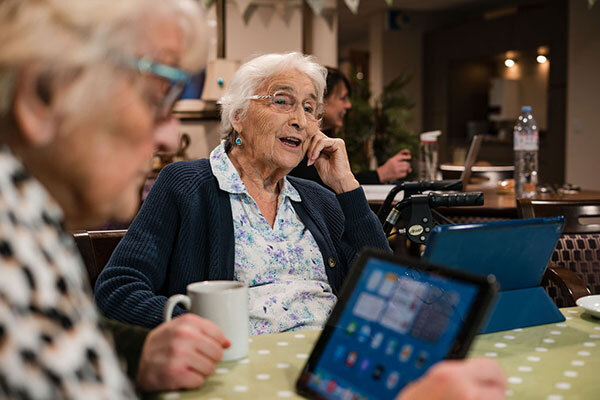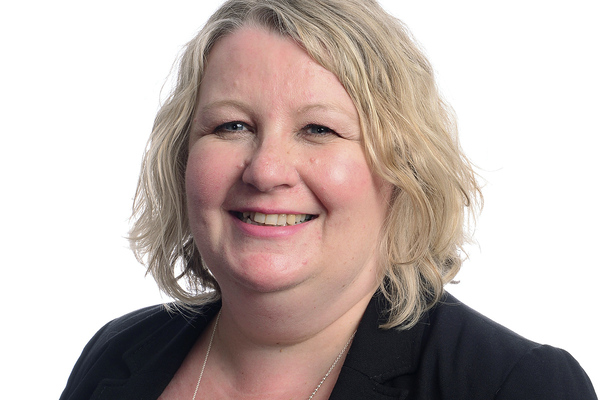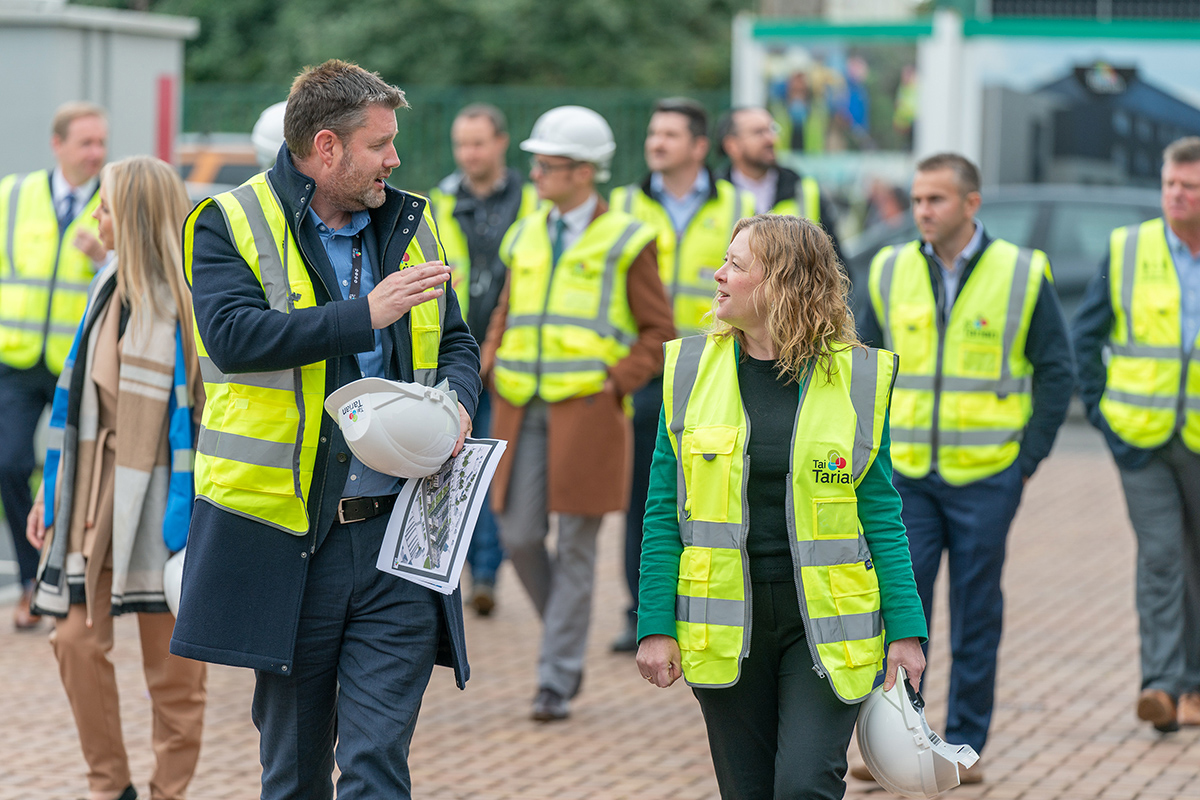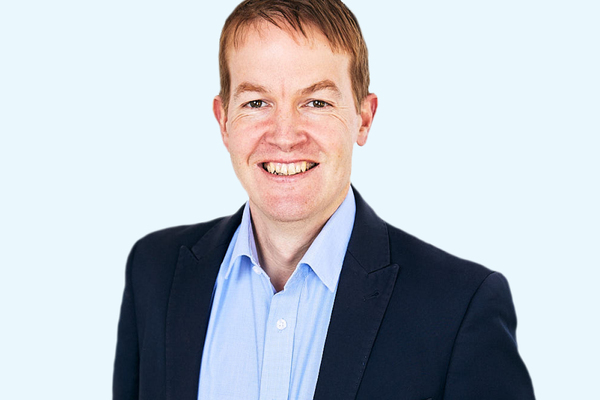You are viewing 1 of your 1 free articles
How successful was the Midlands Voluntary Right to Buy pilot?
With the government promising to review other areas in which to roll out the Voluntary Right to Buy, Nathaniel Barker finds out how housing associations found the first large-scale pilot. Illustration by Michelle Thompson
This story was originally published on 2.9.2021. We are republishing it today due to reports that the government is considering returning to the plans to extend the Right to Buy to housing associations.
Few housing policies have garnered as much interest in recent times as the Voluntary Right to Buy (VRTB). After David Cameron announced ahead of the 2015 general election that he would extend the Right to Buy to all housing associations in the first 100 days of his term, it took 1,195 days for a large-scale pilot to be launched by then-chancellor Philip Hammond in 2018.
We now have a new government that has signalled support for the VRTB, promising in its 2019 election manifesto to “evaluate new pilot areas in order to spread the dream of homeownership”.
While we await further details on that, last month the government published a 127-page report produced by RSM Economic Consulting which evaluates the Midlands pilot to “assess deliverability, measure demand and inform the design of a national scheme”.
So, the question is: was it a success?
The process
A total of 44 associations were involved, all owning more than 1,000 homes. Demand was controlled by a ballot and interested tenants were given a month to apply for the draw; of the 9,146 who did, 6,000 were successful.
Eventually, 1,892 homes were sold or were close to completing by the time the pilot wrapped up at the end of April 2020 – less than the 3,000 anticipated by the government.
“The research shows that the pilot played out broadly how we expected, which is to say housing associations stepped up and embraced the pilot in order to make it happen”
The report examines the experiences of residents and participating associations. Everyone Inside Housing speaks to feels that it reflects their experience of the pilot. “The research shows that the pilot played out broadly how we expected, which is to say associations stepped up and embraced the pilot,” says Boris Worrall, chief executive of Rooftop Housing Group.
Polly Jackson, a senior consultant at RSM, notes that the sector was “supportive” of the pilot. Overall, the review concludes that the pilot “operated successfully”. Landlords generally felt “well-supported by government and the NHF [National Housing Federation]” and learned “a lot of useful operational lessons”. Buyers were “very happy to be homeowners and appreciated having a home they could pass on to children”.
But the VRTB is complex and these successes are far from unqualified. Two key elements of the VRTB were under assessment through the pilot: ‘portability’ and one-for-one replacements, and these appear to have been more challenging parts of the process.
Portability
The VRTB deal meant associations could choose to exempt some homes, while a hefty chunk could not legally be sold due to the terms of Section 106 agreements. Tenants living in these homes who got through the ballot were given the opportunity to ‘port’ their Right to Buy discount to purchase a different property. They accounted for 20% of successful applicants. This did vary between landlords, with rural organisations often having lots of exempt stock.
Portability was identified by RSM as one of the biggest challenges. As a concept, it was not popular with tenants; only 12% of applicants who were offered portability completed their purchase, compared with
the 69% given the chance to buy their existing home.
For housing associations, portability posed two major issues, RSM found. First, identifying which homes must be excluded in advance of applications was a tricky task.
Sue Shirt, executive director of customer experience at Stonewater, notes that restricted applicants “were really disappointed” upon finding out their home was exempt. “It would have been better if they could have been told earlier, even before they applied for the ballot,” she adds.
“Our tenants really bought into this [portability] and I had to go and visit people that were just so disappointed”
In one case Ms Shirt is aware of – not involving Stonewater – the applicant had incurred solicitor costs before realising portability was their only option.
Finding an alternative home that applicants wanted to buy, having accepted porting, was “challenging for all associations”, the report says. Despite owning 7,500 homes in the region, Stonewater found the process “really, really difficult”, only managing to complete two ported sales after “quite a lot of effort”, Ms Shirt says.
According to RSM’s report: “The main challenge was that most associations did not have many, or even any, suitable homes coming available for letting of the right size and location during the period that VRTB applicants were looking for them.” Discounts could be ported to homes owned by different landlords, but this was “tricky to implement” and resulted in just five sales.
Birmingham-based Nehemiah Housing – the smallest association in the pilot – had real struggles in this area. It received 23 eligible applications, 2.1% of its 1,200-home stock – a relatively high percentage. A large fraction of its stock was excluded, meaning 14 of these 23 applicants were offered portability – the highest proportion of any participating landlord.
“We promoted the portability because we had less availability of properties,” says Pam Farquharson, its housing services manager. But despite a concerted effort, all applications were eventually terminated leaving nothing to show for a lot of time and resource except a slew of gutted residents. “Our tenants bought into this and I had to visit people that were so disappointed,” Ms Farquharson explains.

Replacements
The other major aspect of the VRTB being tested was whether the homes sold could be replaced. The pilot had set a key aim to ensure that homes sold are replaced through new supply on a one-for-one basis within three years. Replacements can be of any type, size, area or affordable tenure, including shared ownership.
At the time of RSM’s research it was early days for the replacements effort. However, the report says that meeting the one-for-one target will be “challenging”, while the replacement homes “will be on average smaller, at higher rents and include more homes for shared ownership and fewer for rent”.
Among 31 associations able to provide estimates in spring 2020, plans had only been identified for a replacement rate of 75%, although that may be partly because not all sales had yet taken place. While nearly all homes sold through the pilot were previously social rent, only around three in 10 were predicted to be replaced with that tenure. Most rented replacements were expected to be for affordable rent, while around one in 10 will likely be for shared ownership. Only Orbit was planning like-for-like tenure replacements.
While 58% of the homes sold had three bedrooms, only 48% of replacements are set to be that size, with a higher proportion likely to be two beds (43% of replacements versus 31% of homes sold). Landlords told RSM that they were concerned about the loss of larger homes due to “acute shortages” for families in temporary accommodation or suffering from overcrowding.
“It is simply not possible to replace an old, tatty, bottom-end-of-the-market home with a new build home for the same price”
The issue is that the money raised through sales is often less than the cost of building a new home. Average sale prices in the pilot, not including the discount, were £137,271, while build costs are likely to come close to around £280,000. “You can’t acquire land, add building costs and deliver a like-for-like replacement at that [sale] price,” says Ms Shirt. Stonewater, she adds, will likely exceed the one-for-one target by regarding the income generated through VRTB sales as “part of what would be the normal subsidy towards building a home”.
Indeed, 39% of associations said they would use their own financial resources to help fund replacements – with 51% saying they had not yet decided and only 10% answering no. As the report says: “If associations add in their own funding in order to replace homes sold, then funding VRTB replacements may come at the expense of funding other development opportunities.”
Housing associations “are doing the best they can” to make it work, argues Mr Worrall. That may include purchasing replacements from existing stock where possible, which is often cheaper than building. RSM estimates that 310 of 1,892 replacements will be acquired, despite the government’s preference for new builds. Meanwhile, some landlords indicated they will look to replace homes outside of the Midlands region.
“It is simply not possible to replace an old, tatty, bottom-end-of-the-market home with a new build home for the same price,” says RSM’s Ms Jackson. “Accepting that there will have to be compromises – over tenures, size, location, rent or numbers – would enable a more honest conversation.”
A government source says it will be “closely monitoring replacements under the pilot”.
Value for money
A central question for ministers will be whether the VRTB represents good value for money. Each sale through the pilot cost the government an average of £65,390, mostly through the sizeable discount paid for by the taxpayer. Overall, the scheme cost £123.7m.
RSM estimates that if the policy was rolled out nationally, 32,000 homes would be sold in the first year, with 223,843 after a decade. That would translate into a £2.1bn bill for the Treasury in year one and £14.6bn over the 10 years. For context, the 2021-2026 Affordable Homes Programme is worth £11.5bn and intends to fund 180,000 homes. No funding mechanism is in place to account for that £14.6bn. Initially, ministers intended to pay for the discounts by forcing councils to sell off their higher-value homes, but this policy was scrapped under then-prime minister Theresa May in 2018.
“I don’t think the desire for homeownership has changed, but now given the challenges that we face, we are more focused on need than aspirations”
Analysis by RSM concludes that the VRTB “gives a positive economic return of £1.42 for every £1 of public money spent, over a 10-year period”. However, land value uplift arising from replacements represents a “significant component” of that benefit. “The economic value of the VRTB is therefore very dependent on the replacement homes being built (rather than bought) and on the sector achieving a good rate of replacements, without significant injections of cash from other sources.” As we have seen, there are currently major question marks around replacements.
The “main beneficiary” is the buyer, or their children who will inherit the home. These buyers had an average income slightly higher than the average English household, RSM calculated, and between 13% and 18% would have been able to afford homeownership without the VRTB, representing up to £22.2m of the public money spent through the pilot. For Mr Worrall, that statistic is “a flag around value for money”. He points out that £65,000 “is at the higher end of the capital grant needed to deliver a new shared ownership home”. He adds: “I’d argue that’s a better value for money way to support affordable homeownership.”
Asked about the £14.6bn figure, the Ministry of Housing, Communities and Local Government (MHCLG) dismissed it as “speculative”, arguing that the report “has shown that the scheme is good value for money”.
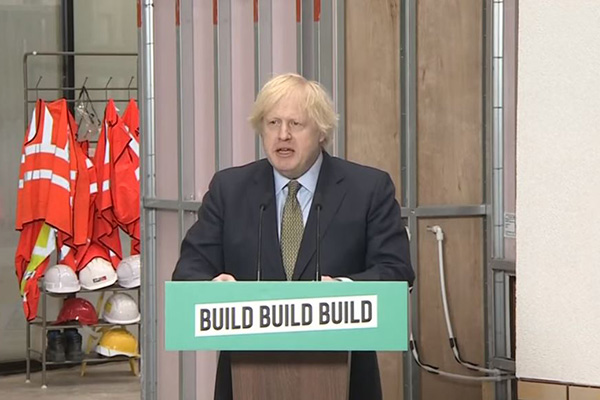
What next?
The consensus among associations Inside Housing has spoken to is that the VRTB was worth testing on a regional scale. But while Stonewater’s Ms Shirt hopes the sector can return to the question of how it can foster residents’ ambitions, she argues that in the context of the pandemic, “supporting communities” should be the priority. “I don’t think the desire for homeownership has changed, but given the challenges that we face, we are more focused on need than aspirations,” she adds.
“It is always good for the sector to think about its role in homeownership and the report does encourage us to take a step back and think about things differently,” says Mr Worrall. “What it does not do is make a compelling case to extend that pilot on value for money grounds.”
Llewellyn Graham, chief executive of Nehemiah, goes further: “The fact is that it hasn’t worked for us and it has not worked for our customers. The principle is sound, but there is also a requirement for more social housing, especially for those in greatest need.”
For its part, the NHF remains concerned about replacements. Head of policy Rob Wall points out that the “unprecedented demands” on finances in the form of fire safety and decarbonisation bills will make it “even harder” to top up sales receipts to meet building costs.
Nevertheless, Inside Housing understands that ministers are keen to push ahead with further pilots. A spokesperson for MHCLG says it is now “considering further findings from the report and how they can help inform future policy”. Perhaps irrespective of its success in the Midlands, the VRTB’s political attractiveness will endure a while longer.
Sign up for our daily newsletter
Already have an account? Click here to manage your newsletters
